Best Places to Visit in Oklahoma

Famous for its cowboy culture, Native American heritage, Route 66 nostalgia, and thriving music scene, Oklahoma is a hidden gem in the heart of the U.S.! Personally, I really like the contrast of Oklahoma cities and parks, the way they complemented each other. From small-town charm to natural wonders and vibrant cities, here are the destinations that made me happiest on my four week-long road trips and that I can’t wait to share.
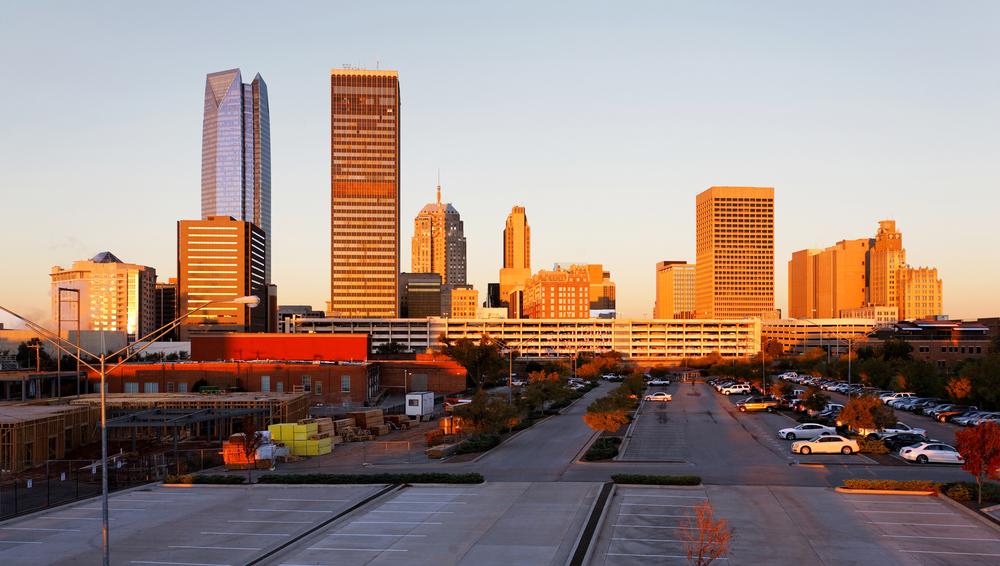
1. Oklahoma City
This is one of my favorite cities to visit because it offers a bit of everything: diverse neighborhoods, art, and fantastic food. In addition, I love that it’s incredibly easy to get around.
We weren't in a hurry so we drove about 6 hours north from Austin TX. When we arrived in "The Big Friendly", we stopped for a late lunch at Paseo Grill. I ordered the filet and deviled eggs. The steak was buttery and seared to perfection.
Afterwards we explored the Paseo Arts District. I admired unique murals, a hidden garden, cozy courtyards and art galleries. I stopped in a shop with one-of-a-kind pottery and textured canvases.
One of my favorite stops was the American Banjo Museum ($8) which felt like walking through America’s musical heartbeat.
We also explored the powerful exhibits at the Oklahoma City National Memorial, walked along the Oklahoma River trails, admired the striking architecture of the Civic Center and Scissortail Park, and got a taste of cowboy culture at the National Cowboy & Western Heritage Museum.
Later, we ended the night where you’re supposed to: Edna’s. It was loud and easy and alive.
- Location: Central Oklahoma, in the Southern Plains region of the United States
- Distance: 3 hours north of Dallas, 1.5 hours from Tulsa
- Best Time to Visit: Spring and fall for mild weather and festivals
What I loved best:
After checking into our base for the 2-day weekend, Hyatt Place Oklahoma City / Bricktown, we headed to Mickey Mantel's, just steps from the canal. There, I had the Chilean sea bass, crisp on the outside, soft as clouds inside, plated with garlic mashed potatoes and grilled asparagus.
A downside? The summer heat pressed down hard in the afternoons. I found myself darting between shady spots downtown, wishing for cooler air sooner in the day.
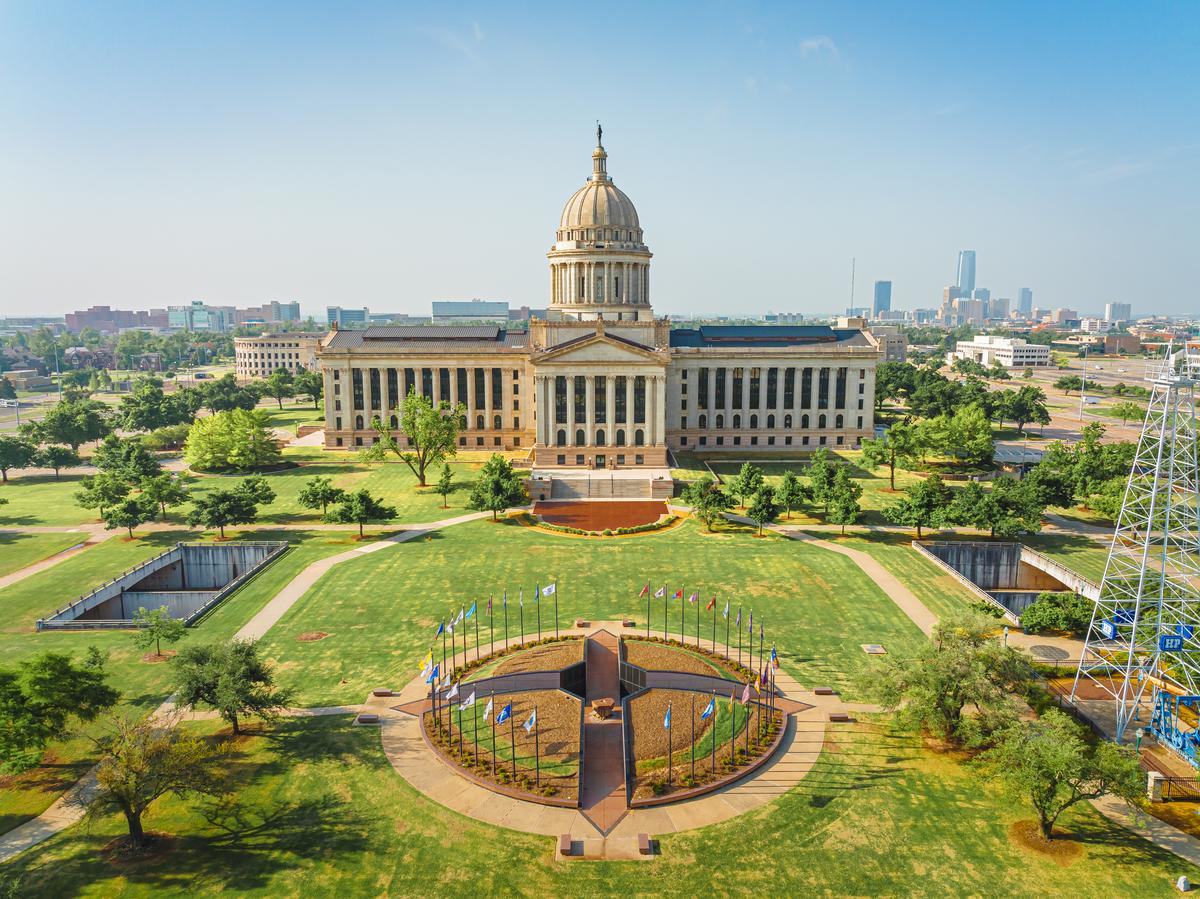
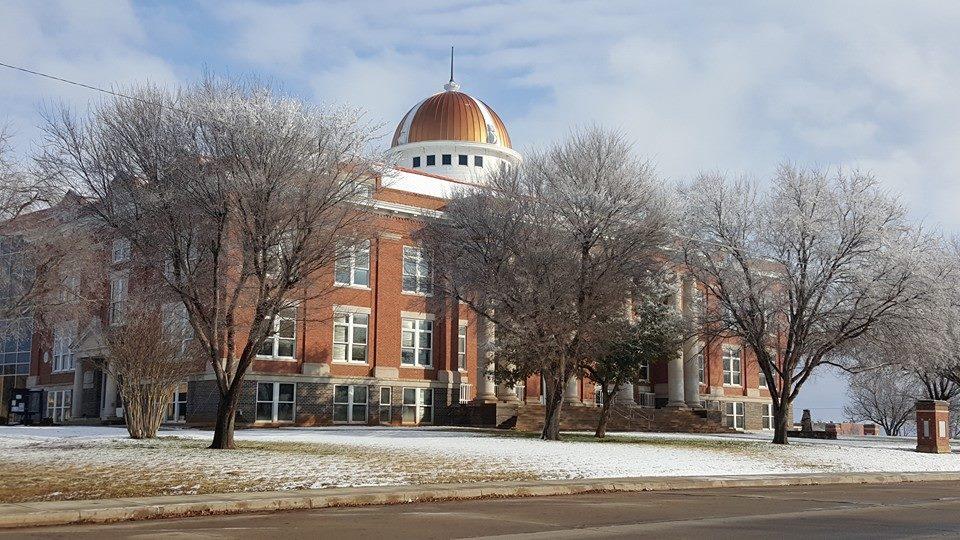
2. Lawton
This town won me over with its wide-open spaces and beautiful views! In fact, driving into the Wichita Mountains Wildlife Refuge, I felt like I was entering a hidden gem of Oklahoma.
After a 1.5-hour drive southwest from Oklahoma City along quiet highways and open plains, I arrived in a place that felt like the heart of the American West.
During five days at the welcoming Comanche National Museum and Cultural Center, I explored the fascinating Museum of the Great Plains, stepped inside the historic Comanche National Museum, and strolled through Elmer Thomas Park.
- Location: Southwestern Oklahoma, near the Wichita Mountains
- Drive Time from OKC: ~1.5 hours southwest
- Best Time to Visit: Fall or spring for hiking
What I loved best:
Getting back to nature was my favorite highlight.
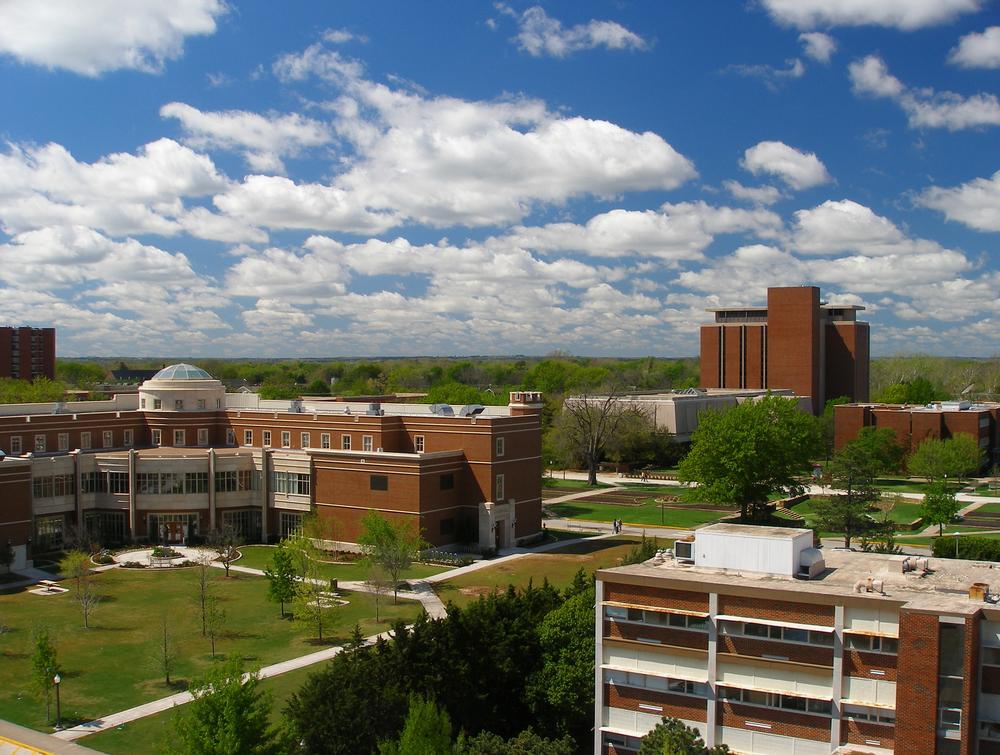
3. Norman
This place feels alive, even on a weekday. The energy from the University of Oklahoma gave the town a vibrant heartbeat, but it was the blend of small-town friendliness and academic buzz that stuck with me.
I strolled through the campus, past sculptures and old brick buildings that completely won me over.
After a short 30-minute drive south from Oklahoma City, we arrived in a place that blends small-town warmth with cosmopolitan flair, anchored by the University of Oklahoma’s red-brick campus and its soaring clock tower.
During two nights at the boutique NOUN Hotel in the heart of Campus Corner, I wandered through the magnificent Fred Jones Jr. Museum of Art, admired dinosaur skeletons at the Sam Noble Museum’s ($12 adults, $7 kids), and strolled across the OU South Oval shaded by giant oaks. In the evenings, I browsed vinyl at Guestroom Records with my son who was working on a project on the history of sound recording for school so this was perfect!
- Location: Central Oklahoma, just south of Oklahoma City
- Drive Time from OKC: ~30 minutes south
- Best Time to Visit: Weekdays for fewer crowds
What I loved best:
We caught a show at The Deli, and people-watched over coffee at Gray Owl.
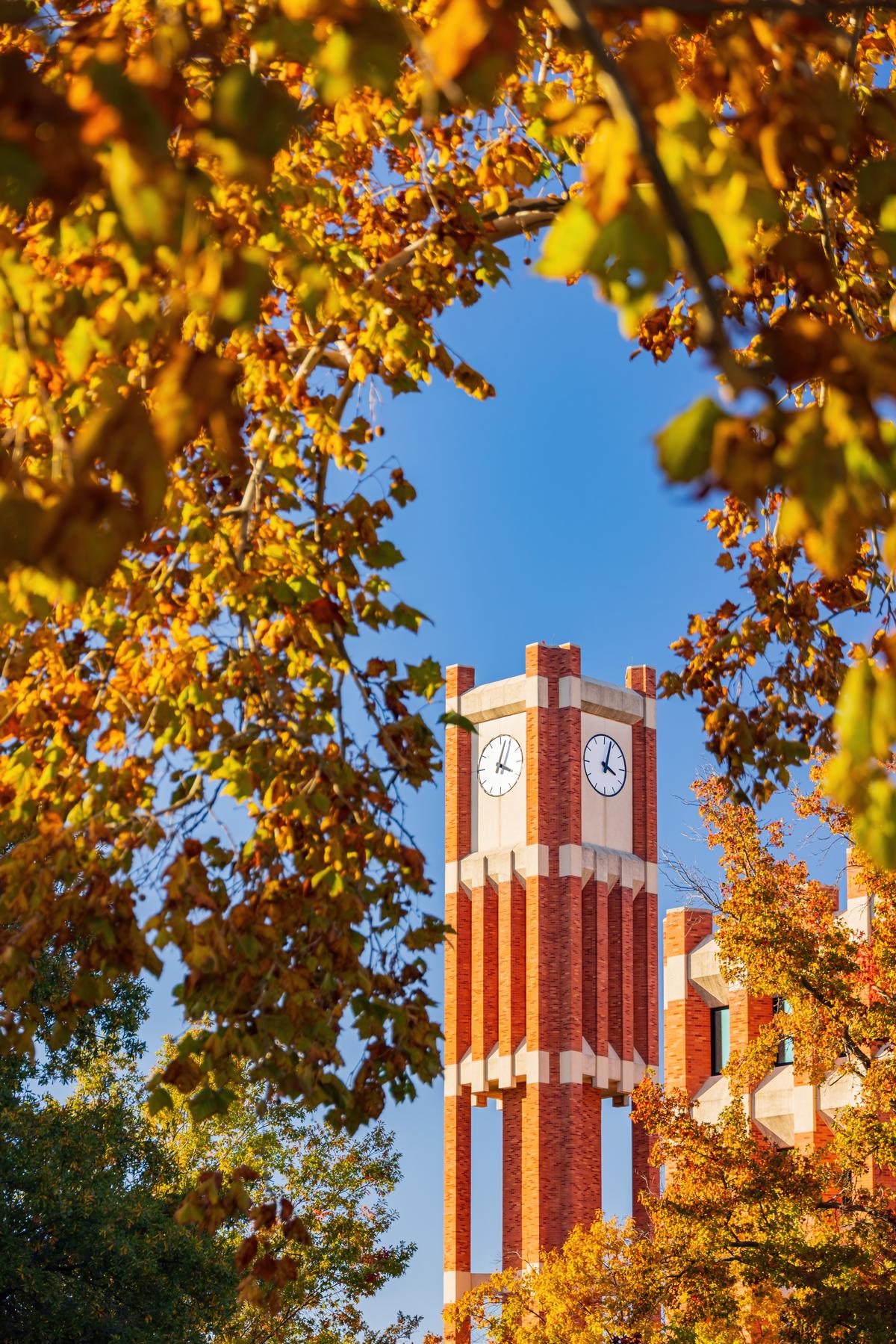
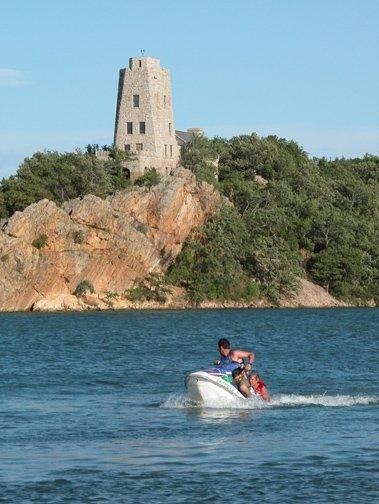
4. Ardmore
Set between the Arbuckle Mountains and Lake Murray, this is one of the most scenic pockets of southern Oklahoma I’ve explored, and I think it’s one of the absolute best small-city bases for nature lovers in the region. Why? First off, Ardmore offers lakeside views, rolling hills, and historic architecture. In addition, I found a different side of Oklahoma here, relaxed, a little rustic, and full of natural beauty.
After a 2-hour drive north from Dallas on a road trip from my house in Austin, I found a place that felt warm, welcoming, and authentically Oklahoman.
During two nights at Hampton Inn & Suites Ardmore, I toured the Greater Southwest Historical Museum, admired the grand Beaux-Arts Carter County Courthouse, explored the leafy trails and waterfalls at Lake Murray State Park, and wandered through Ardmore’s revitalized downtown with its shops, antique stores, and murals celebrating local history.
- Location: Southern Oklahoma, near the Arbuckle Mountains and close to the Texas border
- Drive Time from OKC: ~1.5 hours south
- Best Time to Visit: Summer for swimming, fall for hiking
What I loved best:
My highlights? A patio lunch at Two Frogs Grill, a quirky local spot. I had the blackened catfish with sweet potato fries and a glass of iced tea. The food was flavorful and just the right kind of messy, in the best way. They also offer live music on certain days (tickets from $30).
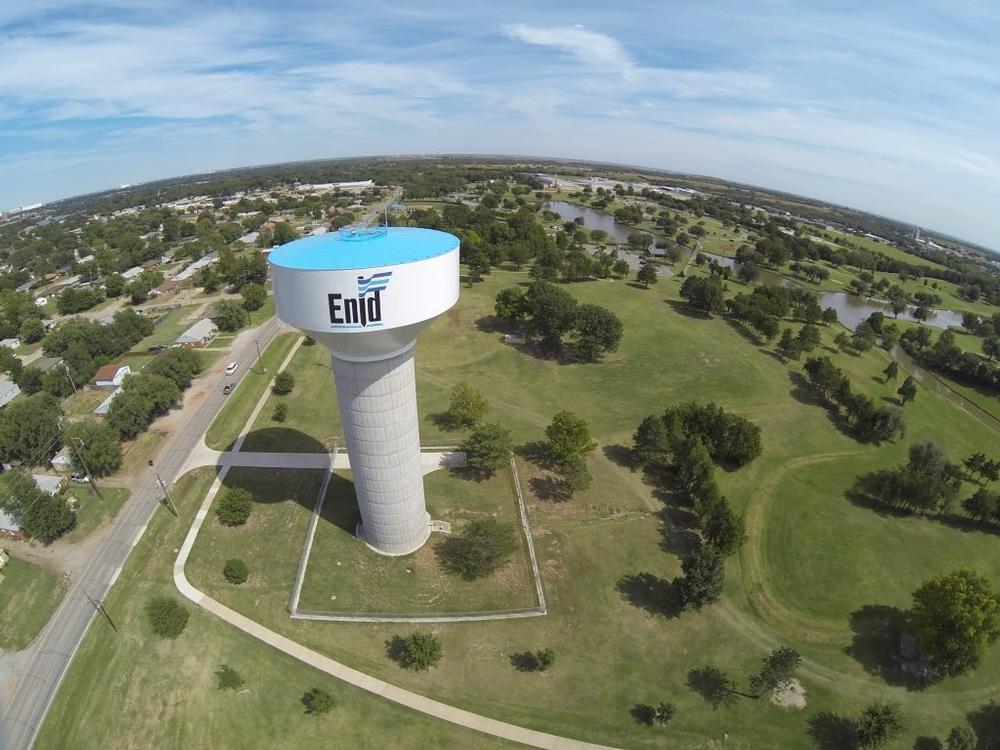
5. Enid
Ready for a small-city escape with big character? Check out Enid, a real standout! I loved exploring this historic town just as winter approached. The restored brick buildings, festive lights, and nearby prairie landscapes really won me over.
Known as the “Wheat Capital of Oklahoma,” Enid blends its agricultural roots with a growing reputation for arts, history, and family-friendly culture.
After a 1.5-hour drive northwest from Oklahoma City across golden wheat fields and open plains, I found a place that felt spacious, inviting, and steeped in pioneer heritage.
I toured the grand Gaslight Theatre, admired collections at the Cherokee Strip Regional Heritage Center, wandered through the ornate Enid Symphony Center, and strolled downtown streets lined with red-brick storefronts, murals, and cozy cafes. Enid hotels are affordable, starting at $59 / night so I recommend a three-day stay.
- Location: North-central Oklahoma, in the Cherokee Strip region
- Drive Time from OKC: ~1.5 hours north
- Best Time to Visit: Fall for festivals and mild temps
My highlights? A comforting lunch at Callahan’s Pub & Grille was my favorite highlight. I had the made-to-order Fish n'Chips ($17) with house tartar sauce. It was cozy and full of character, just like Enid.
One thing to note: It's best to plan your visit carefully. Winters can be harsh with icy winds. Summers are scorching, not the kind of weather that makes strolling pleasant.
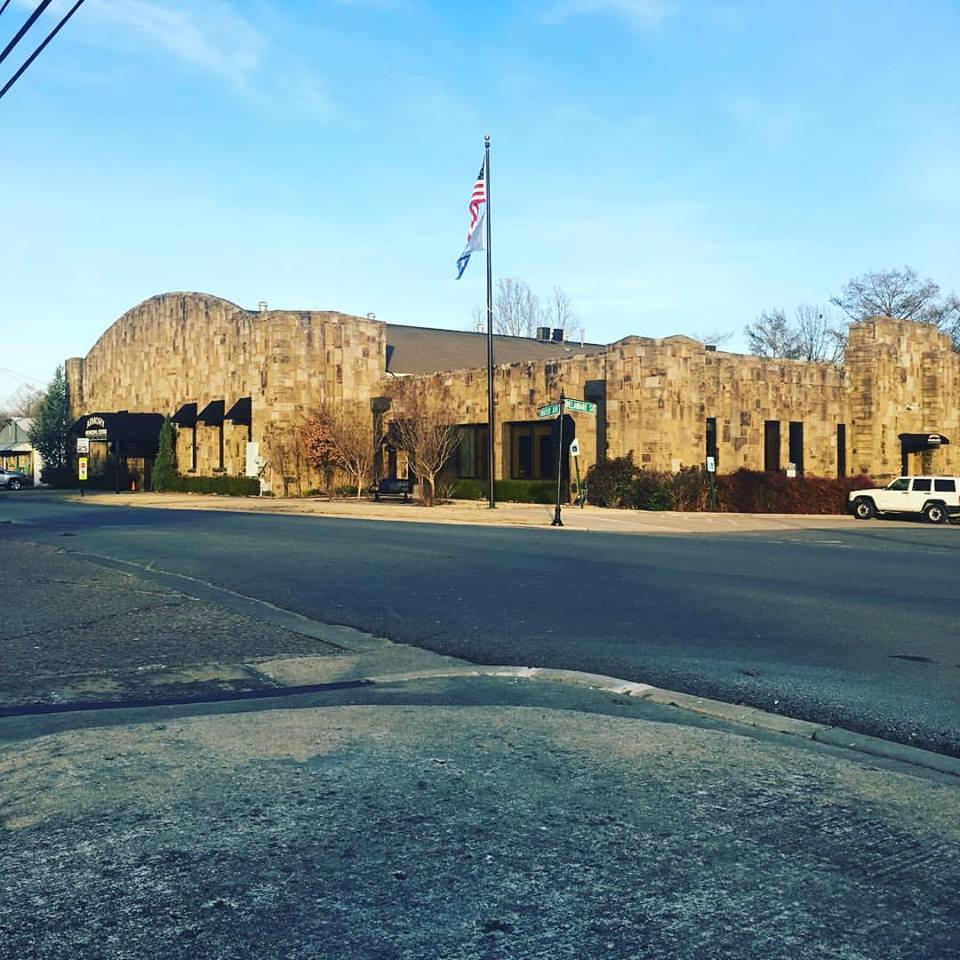
6. Tahlequah
I was instantly captivated by this leafy, culturally rich town in the foothills of the Ozarks, the historic capital of the Cherokee Nation. With its shady tree-lined streets, heritage landmarks, and a college-town energy anchored by NSU campus, this place felt both deeply historic and vibrantly alive.
After a scenic 1-hour drive southeast from Tulsa along rolling hills and winding rivers, I discovered a place where Cherokee heritage, natural beauty, and small-town charm blend seamlessly.
During two nights at the inviting Inn at Tahlequah, I visited the Cherokee National History Museum (Free admission) and Cherokee Supreme Court Museum, explored the elegant red-brick campus of NSU, and wandered downtown shops filled with Native art and crafts.
- Location: Northeastern Oklahoma, in the foothills of the Ozark Mountains
- Drive Time from Tulsa: ~1.5 hours east
- Best Time to Visit: Summer for floating, spring for cultural tours
What I loved best:
A relaxing walk next to Illinois River was my favorite highlight.
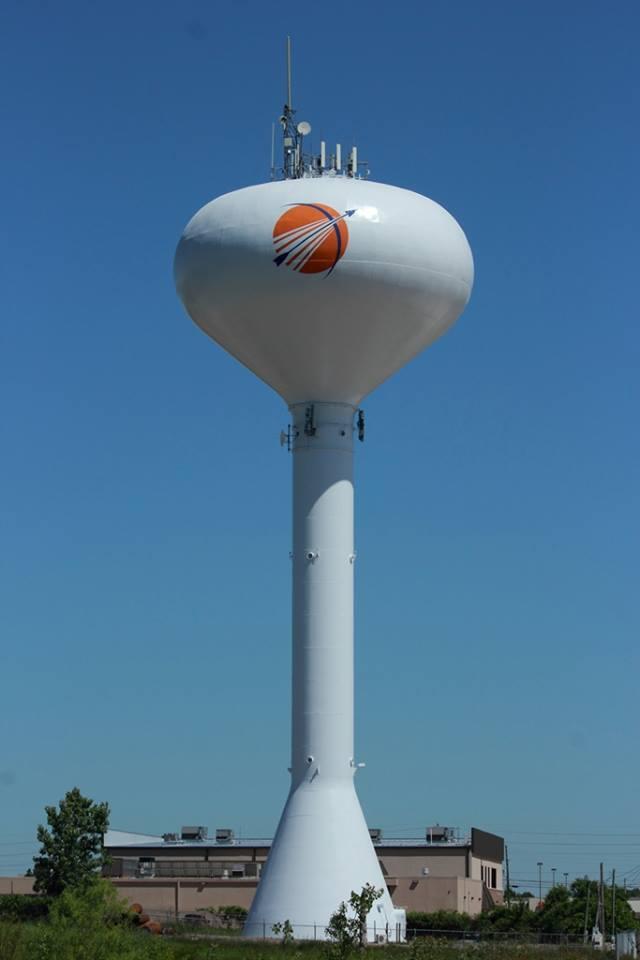
7. Broken Arrow
Located just southeast of Tulsa, this is one of the most polished and inviting suburban cities I’ve explored in Oklahoma, and I think it’s one of the best places to visit in Oklahoma. Why? First off, Broken Arrow offers a thriving downtown, beautiful public art, and fun events. In addition, I've enjoyed a laid-back atmosphere far removed from big-city rush. In fact, this place gave me just enough bustle with a relaxed edge. The Rose District downtown buzzed with life (families, couples, street musicians).
I loved how it felt like a small town with big energy. I really enjoyed discovering murals tucked into alleyways and chatting with a gallery owner about local art Known as “The City Where Opportunity Lives,” Broken Arrow blends historic roots with contemporary culture, making it feel both welcoming and dynamic.
After a short 20-minute drive southeast from downtown Tulsa, I thought I really liked Broken Arrow as a day trip from the bigger city! I strolled through the walkable Rose District, with its brick-lined streets, galleries, and farm-to-table restaurants, visited the Military History Museum, and explored nearby trails and parks that gave a taste of Oklahoma’s natural beauty.
- Location: Northeastern Oklahoma, southeast of Tulsa in the Green Country region
- Drive Time from Tulsa: ~25 minutes southeast
- Best Time to Visit: Evenings or weekends for events
What I loved best:
Dinner at Andolini’s Pizzeria was my favorite highlight, thin crust, bold flavors. I split the 14-inch Vegetarian pizza ($22) with my son. Simple and perfect.

8. Bartlesville
Ready for a culture-rich, prairie-edge getaway? Check out Bartlesville, a real standout! This place had a rhythm all its own, part oil town history, part artistic soul. I admired the Price Tower (shown in the photo), a Frank Lloyd Wright original. Known as the onetime home of Phillips Petroleum, Bartlesville feels both rooted in heritage and inspired by creativity.
I toured the Price Tower Arts Center (after checking into the hotel here), wandered through leafy Johnstone Park, visited the Bartlesville Area History Museum, and explored the elegant red-brick downtown lined with shops, cafés, and cultural landmarks.
What I Loved Most: Exploring the Woolaroc Museum ($14 for adults, free for children 12 and under).
- Location: Northeastern Oklahoma, near the Kansas border in the Osage Hills region
- Drive Time from Tulsa: ~1 hour north
- Best Time to Visit: Spring for outdoor museums
What I loved best:
A hearty lunch at Frank & Lola’s with my husband and son was my personal favorite. I had a classic B.L.T. served on fresh wheat berry bread with pesto mayonnaise ($13). It was modern comfort food at its best.
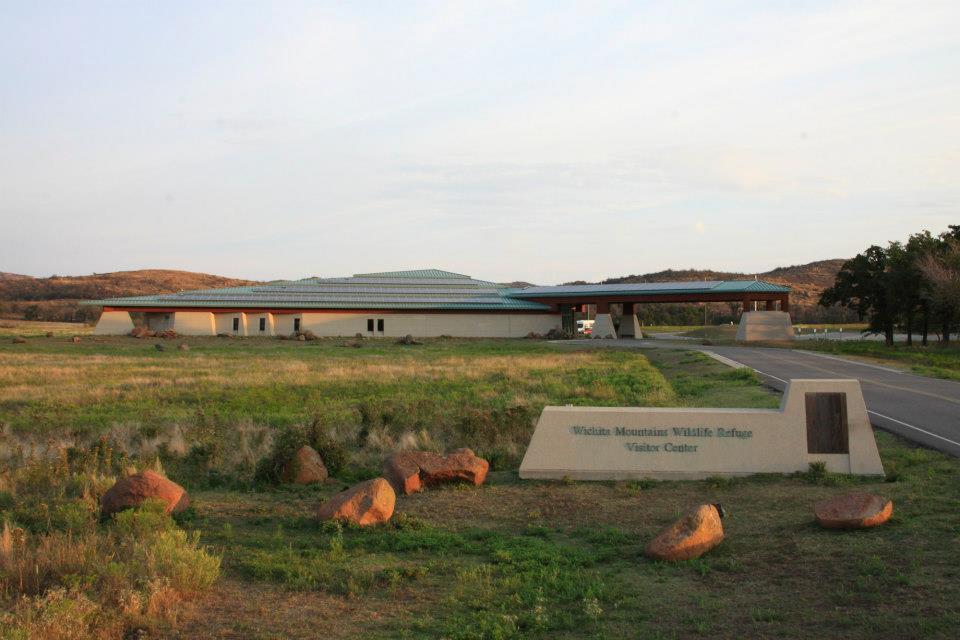
9. Wichita Mountains Wildlife Refuge
Spread across the ancient Wichita Mountains, this is one of the most striking and unspoiled landscapes I’ve explored in the Southern Plains, and I think it’s one of the absolute best outdoor destinations in Oklahoma.
After a 1.5-hour drive southwest from Oklahoma City through farmland and rolling plains, I arrived at a place that felt expansive and elemental—where every trail, lake, and mountain vista seemed to whisper stories of the frontier.
One of the oldest wildlife refuges in the U.S., the Wichita Mountains Wildlife Refuge is a sanctuary where nature thrives and we could experience Oklahoma’s untamed spirit.
- Location: Southwestern Oklahoma, near Lawton in the Wichita Mountains
What I loved best:
My personal favorite was the rugged beauty of this vast refuge in southwestern Oklahoma, where granite peaks, prairie, and herds of bison and longhorns create a landscape that feels so wild and timeless.

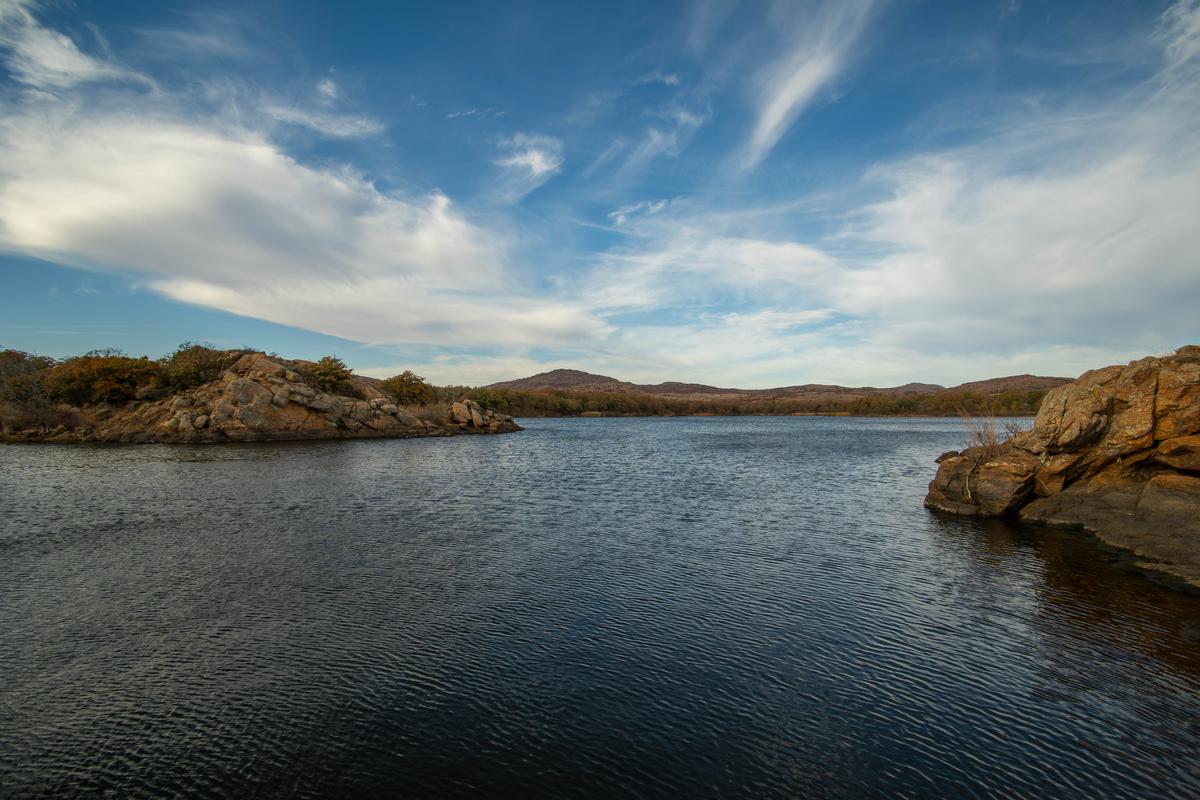
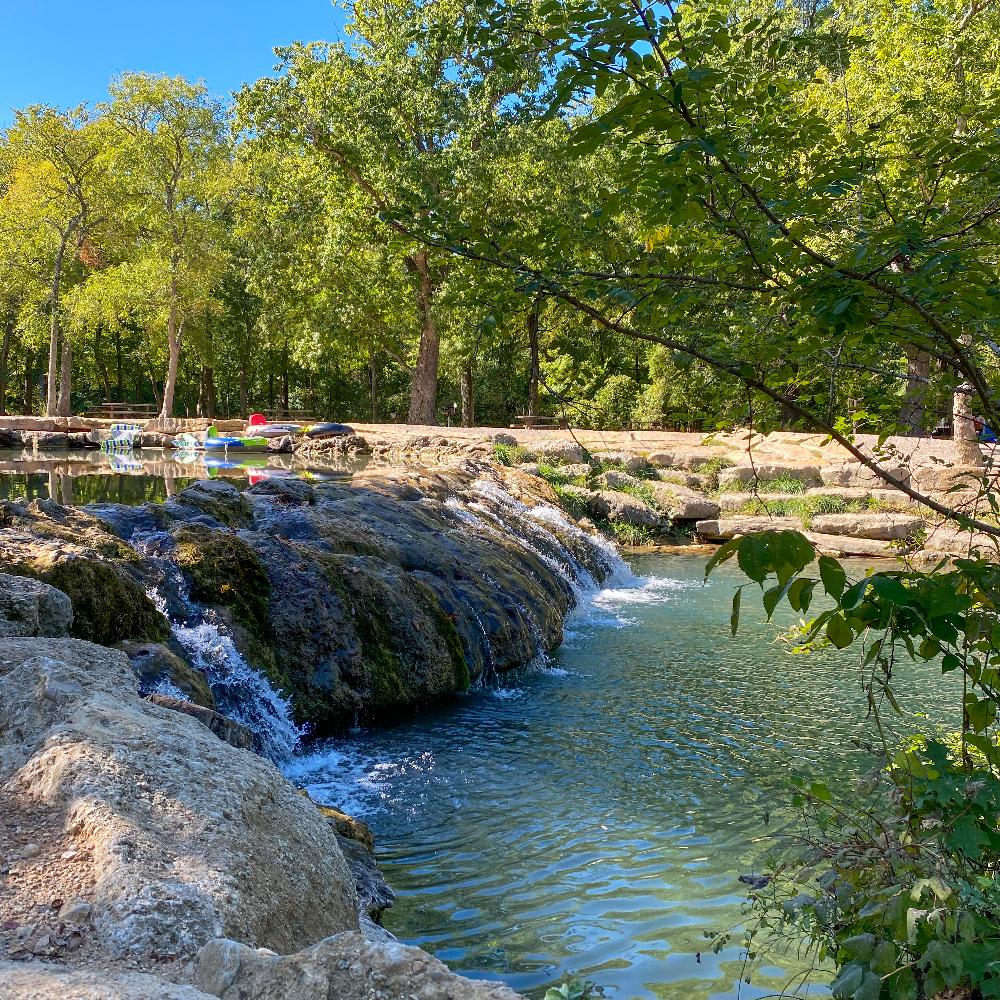
10. Chickasaw National Recreation Area
This is one of my favorite places to visit because it offers a bit of everything: natural springs, shaded trails, quiet streams... perfect for a picnic under the trees.
Drive 1.5 hours south from Oklahoma City and you won't be sorry when you reach this stunning area. Known as the “Peaceful Valley of Rippling Waters,” the Chickasaw National Recreation Area blends Native heritage, mineral springs, and outdoor adventure in a setting that has has drawn visitors for over a century.
During two nights at the cozy Echo Canyon Spa Resort in nearby Sulphur, I walked along the cool, spring-fed streams at Travertine Nature Center, soaked in the tranquility of Little Niagara Falls, and hiked shaded trails through oak and hickory forests alive with birdsong.
- Location: South-central Oklahoma, near the town of Sulphur in the Arbuckle Mountains
What I loved best:
My favorite highlight was visiting in the fall, when the air turns crisp while the forest still holds warm golden tones. I found it perfect for slow walks and afternoons by the water.
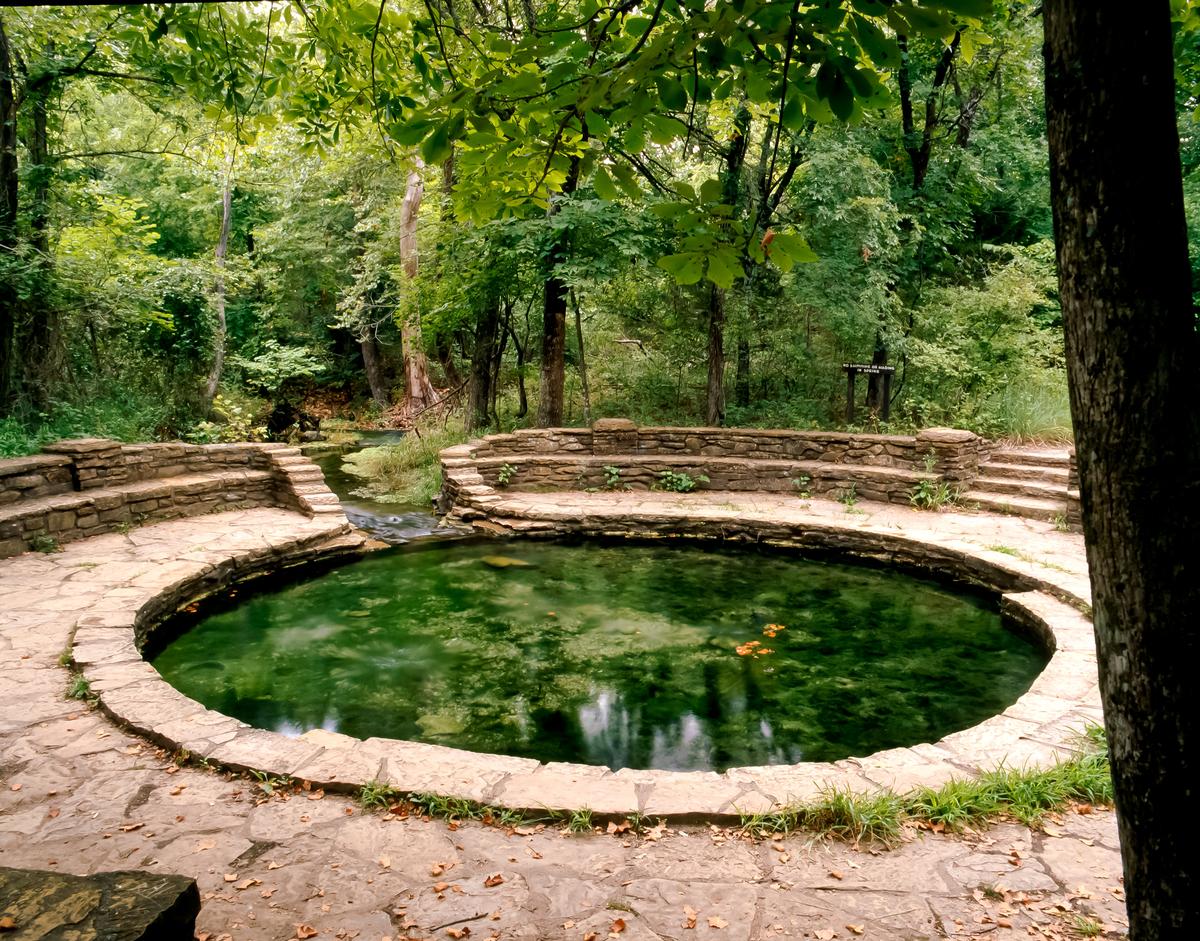
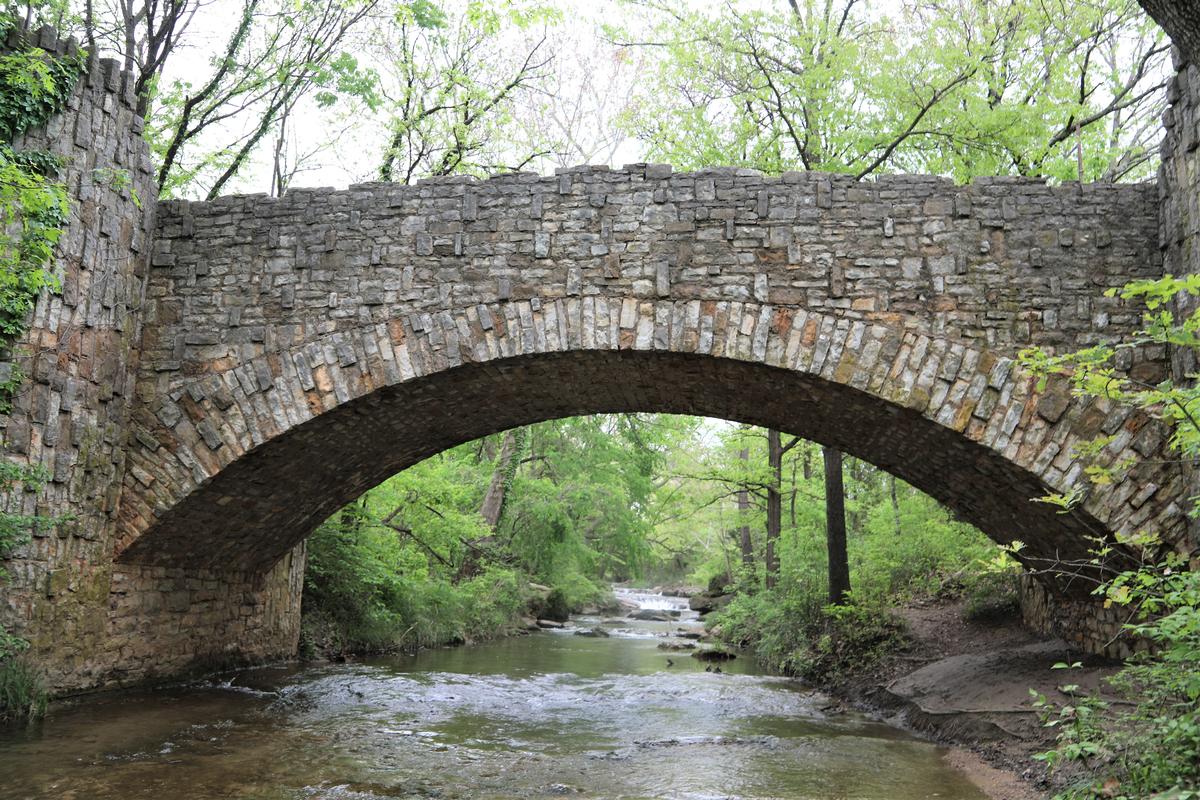
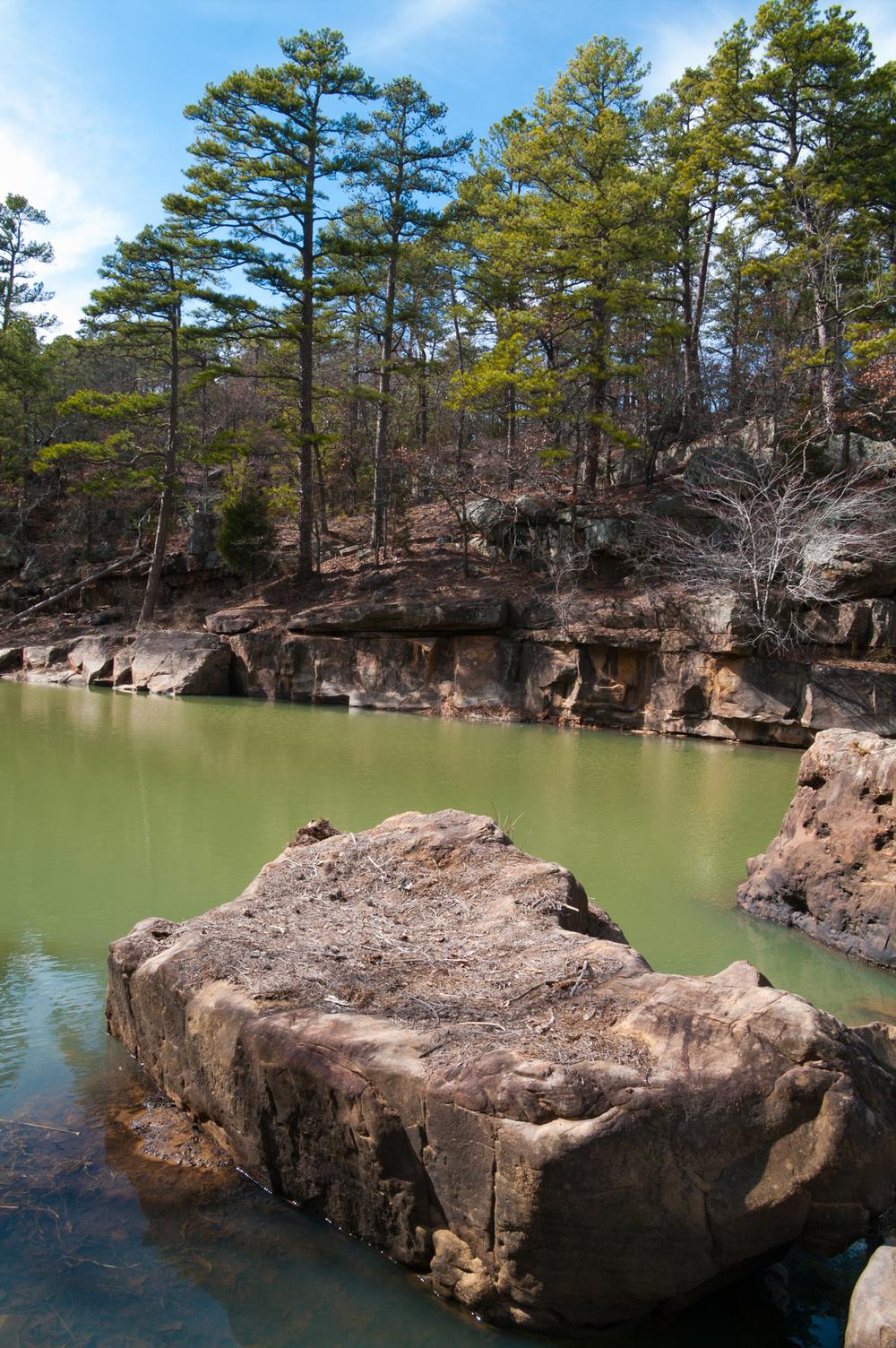
11. Robbers Cave State Park
Ready for a rugged, story-filled getaway? Check out Robbers Cave State Park, a real standout! I was captivated by the rugged mystery of this southeastern Oklahoma treasure, a park of sandstone cliffs, forests, and storied hideouts once used by outlaws like Jesse James and Belle Starr.
After a 2.5-hour drive southeast from Tulsa past rolling hills and pine forests, I arrived at a place that felt untamed and adventurous—where history and nature intertwine in dramatic ways. This was a local day trip so I didn't spend the night but next time I plan to stay at least two nights in a rustic cabin overlooking the lake.
Nestled in the Sans Bois Mountains, Robbers Cave State Park combines frontier legend with outdoor adventure, making it one of Oklahoma’s most atmospheric getaways.
- Location: Southeastern Oklahoma, in the San Bois Mountains near the town of Wilburton
What I loved best:
Hiking rocky trails to the legendary Robbers Cave, and climbing sandstone bluffs with sweeping views of the Ouachita foothills were my personal highlights.
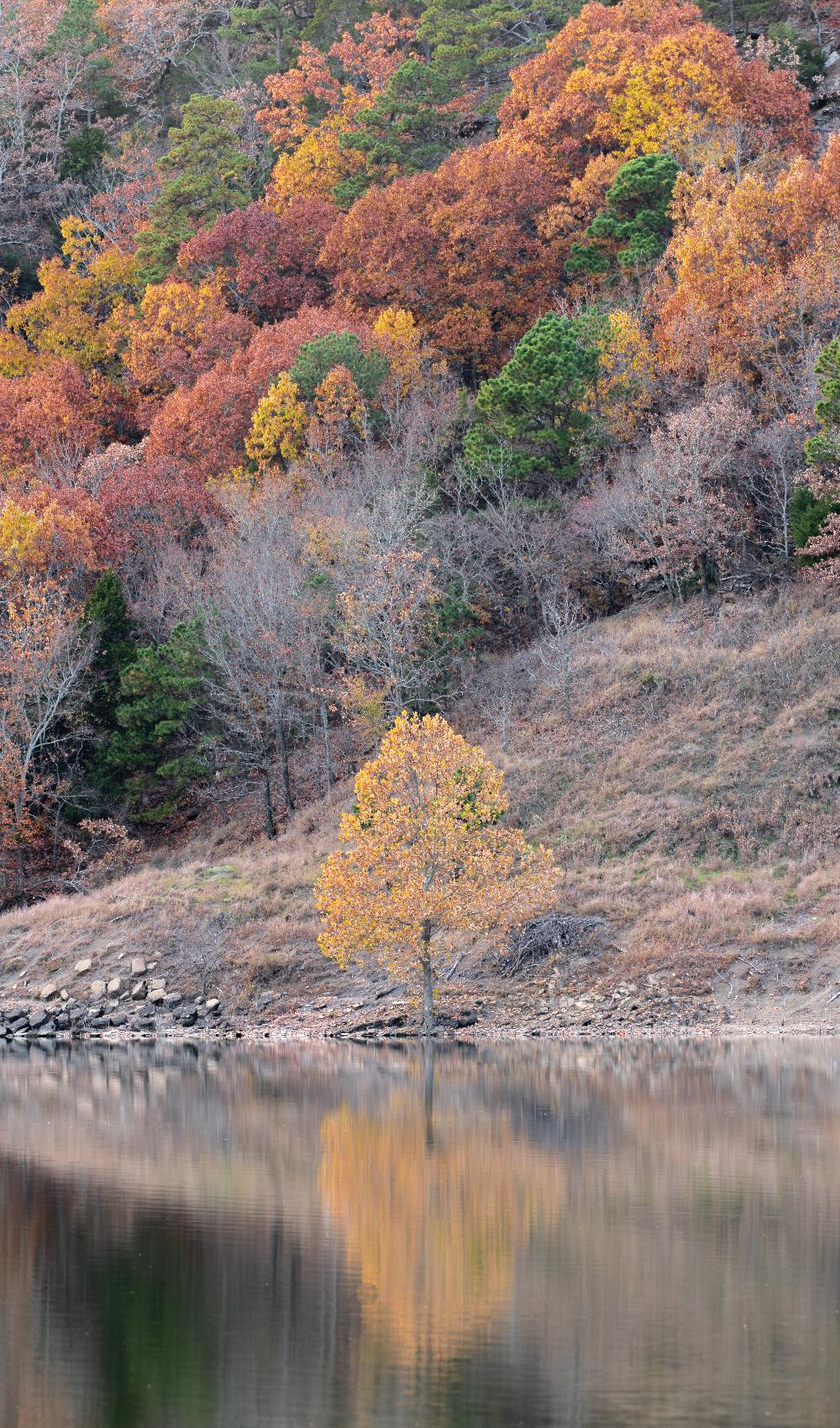
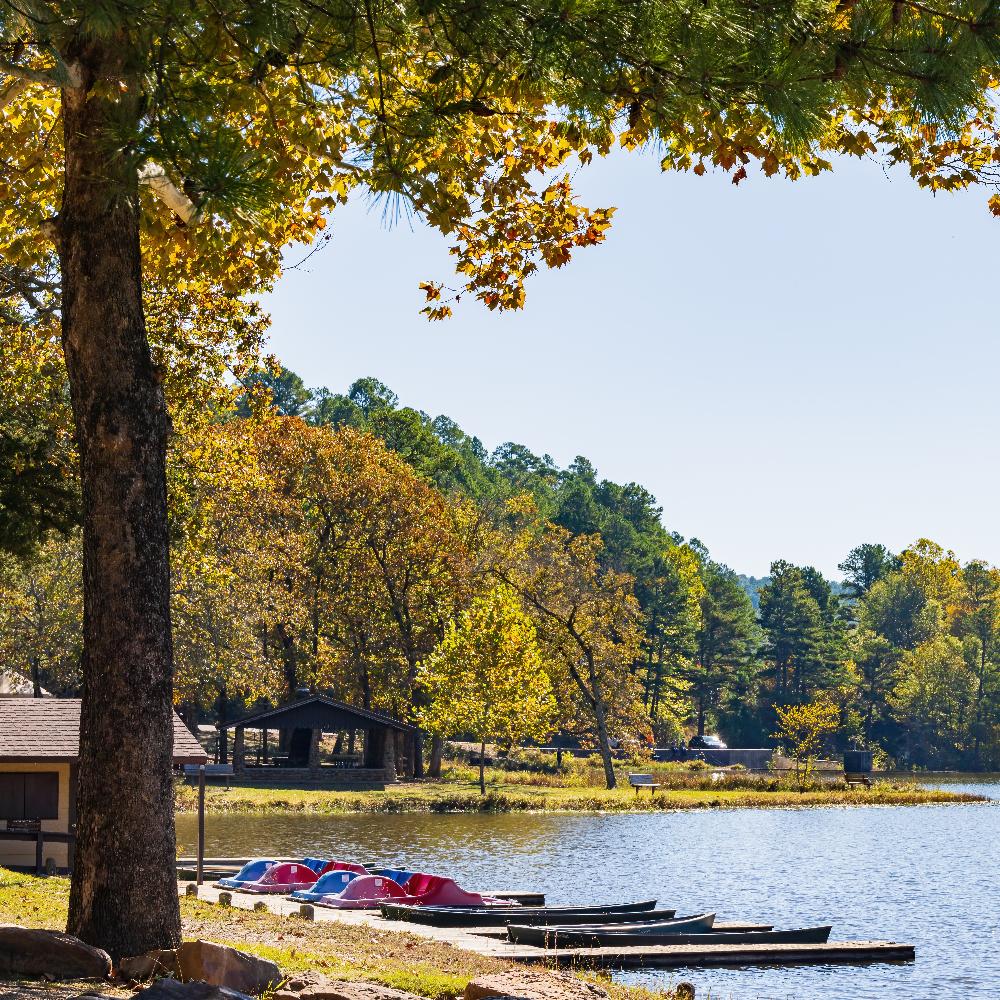
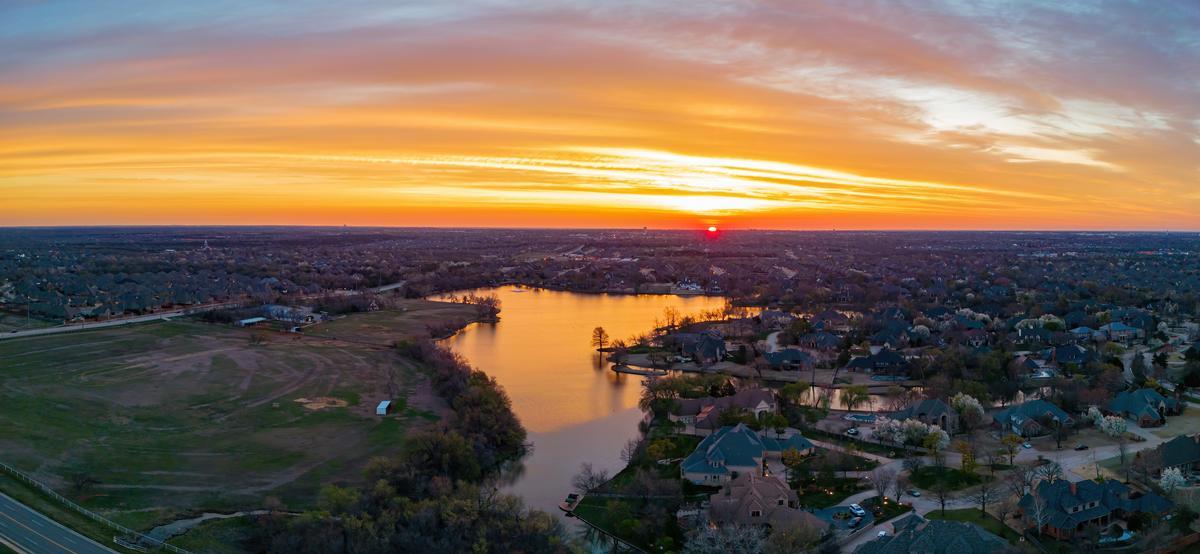
12. Edmond
Ready for a nature- and culture-rich Oklahoma getaway? I was instantly charmed by this vibrant Oklahoma city, with its red-brick downtown, tree-lined neighborhoods, thriving arts scene, and a strong sense of community pride.
Just north of Oklahoma City, this place feels both modern and historic, balancing its college-town energy (home to the University of Central Oklahoma!) with a laid-back small-town vibes.
After a short 30-minute drive from Oklahoma City past prairie land and wide-open skies, I found a place that felt welcoming, creative, and deeply rooted in both history and local culture.
During two nights at Hilton Garden Inn Edmond / Oklahoma City North ($114), we explored public art on the streets and in parks, strolled through the bustling downtown district with its boutique shops and cafes, and admired Western and Native American works at the Armstrong Auditorium.
- Location: Central Oklahoma, just north of Oklahoma City
- Drive Time from OKC: ~25 minutes north
- Best Time to Visit: Spring for blooming parks
What I loved best:
Catching an outdoor concert at Hafer Park (free) on a warm evening was my personal highlight.

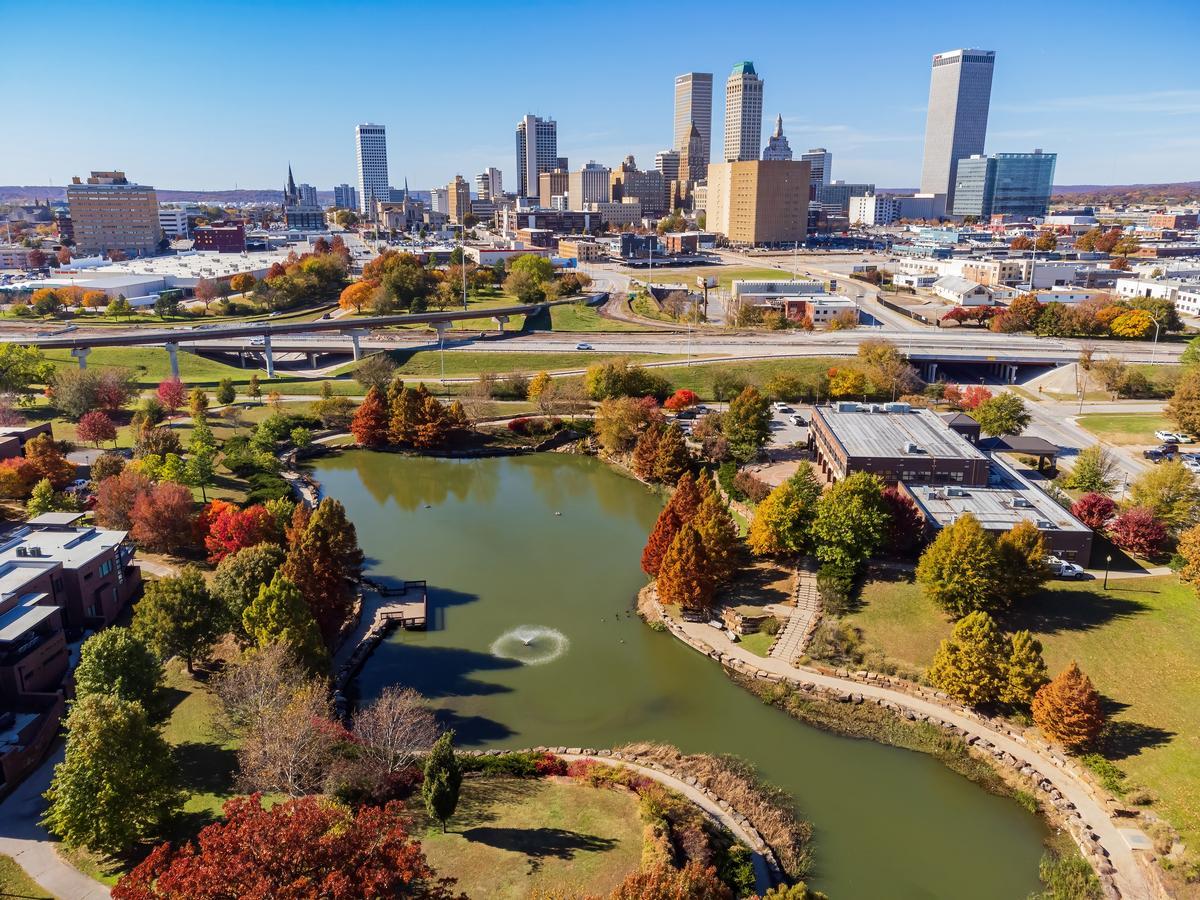
13. Tulsa
Set along the Arkansas River, this is one of the most dynamic and unexpectedly vibrant cities I’ve explored in the Midwest, and I think it’s one of the absolute best places to visit in Oklahoma. Why? Tulsa offers world-class museums, a thriving live music scene, and walkable arts districts which we loved!
From OKC we headed to this city, an hour and 40 minutes away. We checked into the stylish Ambassador Hotel, a 1920s landmark with boutique flair.
My days were a mix of history, culture, and green spaces. I explored the stunning Philbrook Museumof Art, wandered through the Deco District downtown, and strolled along the Gathering Place riverfront park.
Don't miss KEO Asian Cuisine which offers an upscale casual setting and a unique take on Southeast Asian cuisine.
Evenings were alive with music, from smoky jazz clubs to big-name concerts at the BOK Center, Tulsa’s soundtrack never missed a beat. We spent the night at Hyatt Regency Tulsa Downtown.
- Location: Northeastern Oklahoma, along the Arkansas River
- Drive Time from Oklahoma City: ~1.5 hours northeast
- Best Time to Visit: Spring and early summer
What I loved best:
I think that Tulsa is one of the best places to visit in Oklahoma when I'm in the mood for an affordable getaway. Why? With tons of hotels and affordable attractions to choose from, you can easily find a cheap deal and have plenty to do while there!
Browsing vintage shops and coffee spots in the bohemian Cherry Street area was one of my personal highlights.
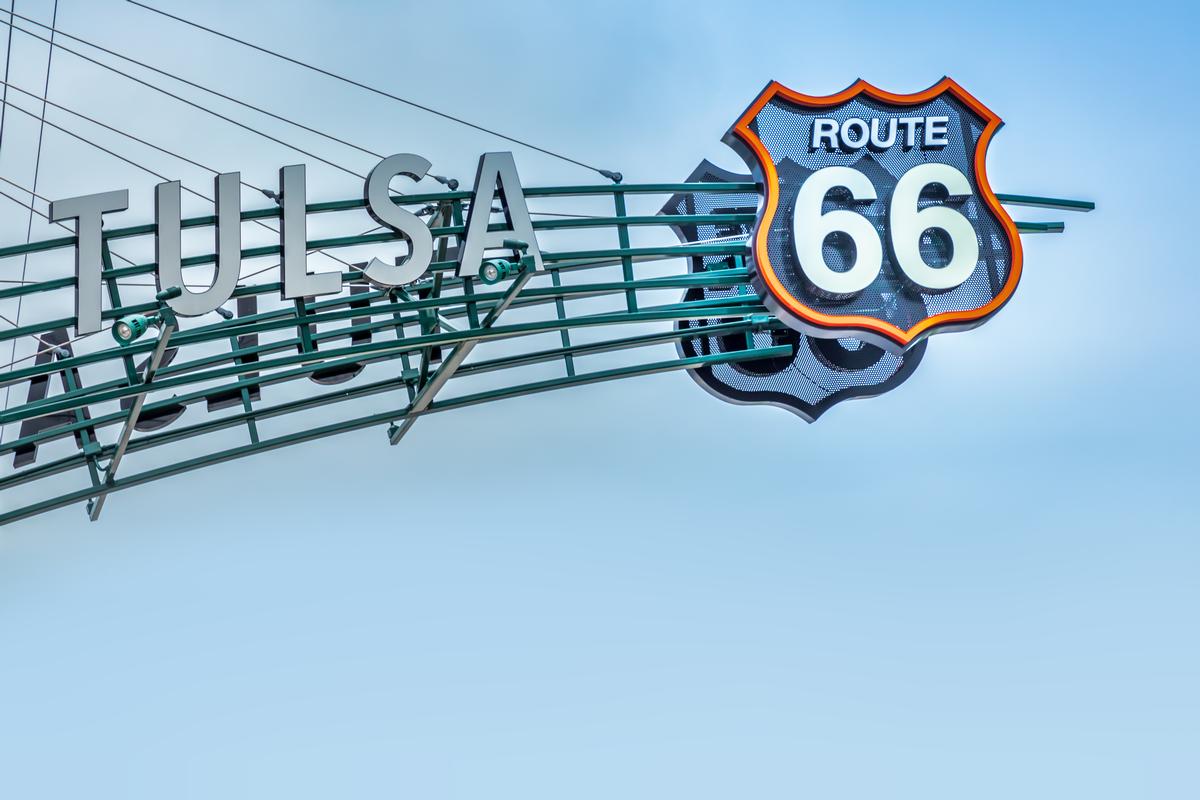
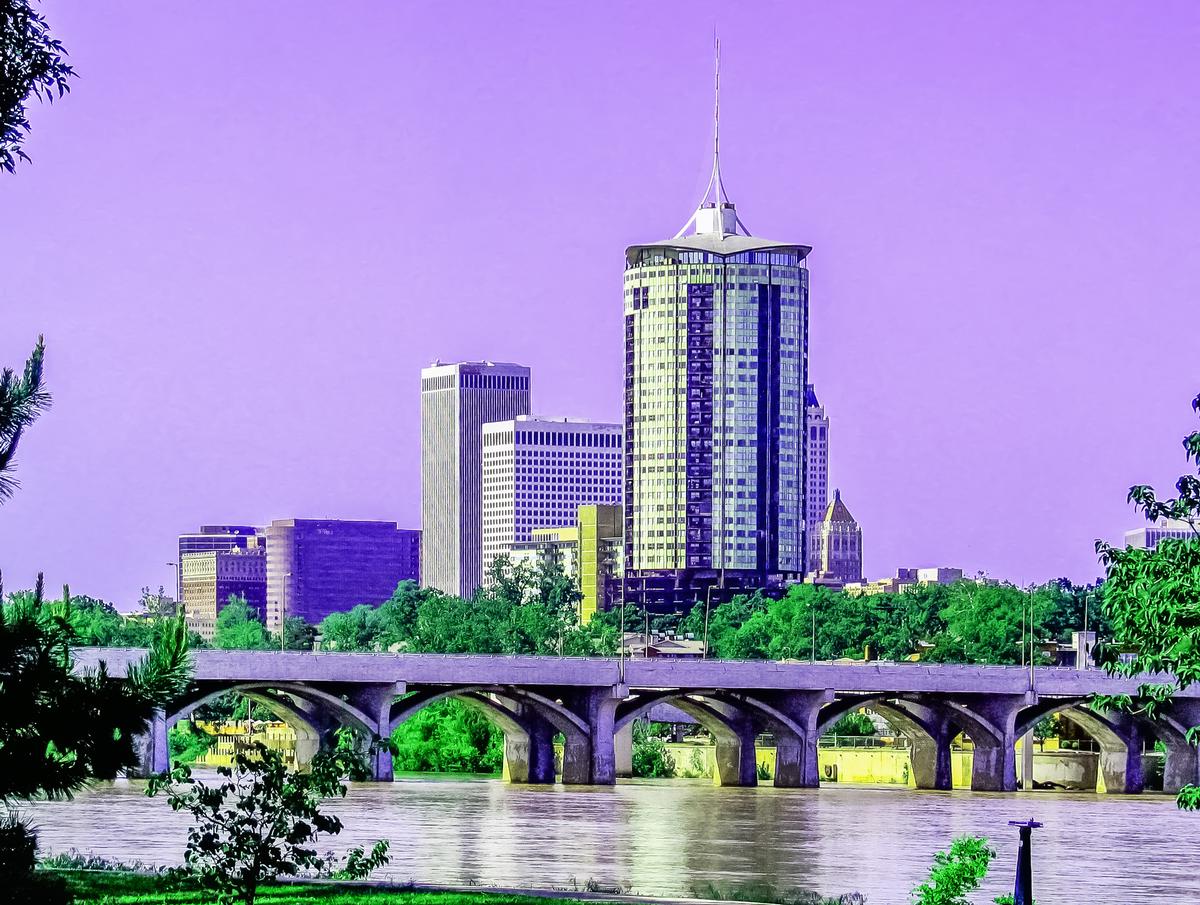
Booking Checklist
1. Book Your Flight - I use Expedia because I like their mobile app with my itinerary. They've helped me re-book flights on many occasions. Once you reach their Gold tier, support is especially good.
2. Book Your Hotel - I use Booking.com or Expedia, depending on my destination.
3. Book Your Rental Car - I use Expedia.
4. Book your tours on Viator or Get Your Guide.
5. If you are planning to visit more than three national parks in the next 12 months, buy the America the Beautiful Pass.
